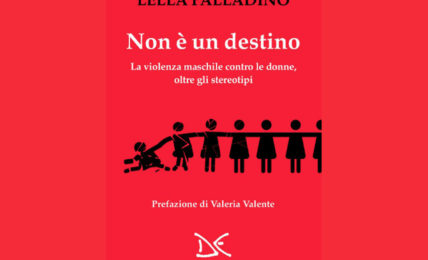Il realismo nel cinema italiano: scelta estetica o gabbia cognitiva? Consigli di letture per voltare pagina
Perché i generi speculativi, come la fantascienza e la cli-fi, in Italia sono relegati al cult e alla controcultura? Perché esiste questa ipertrofia del realismo?





